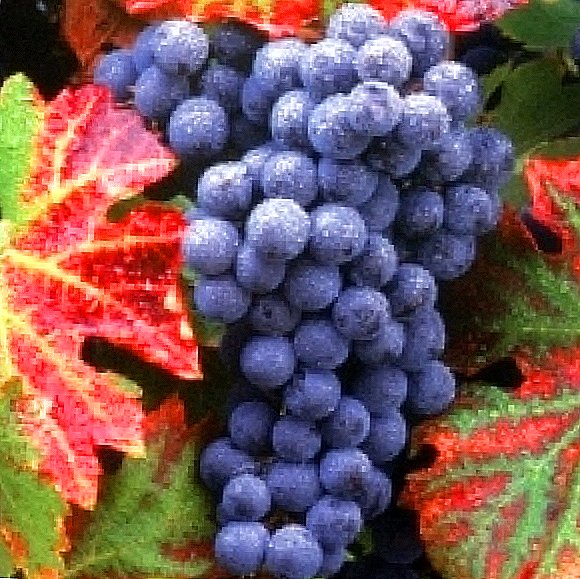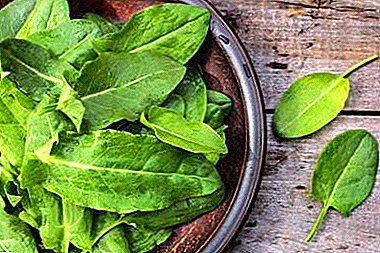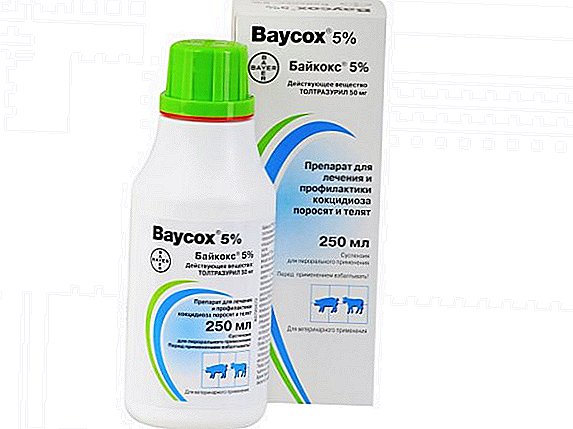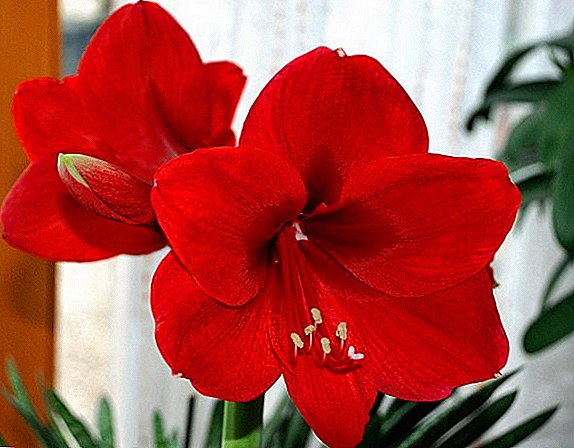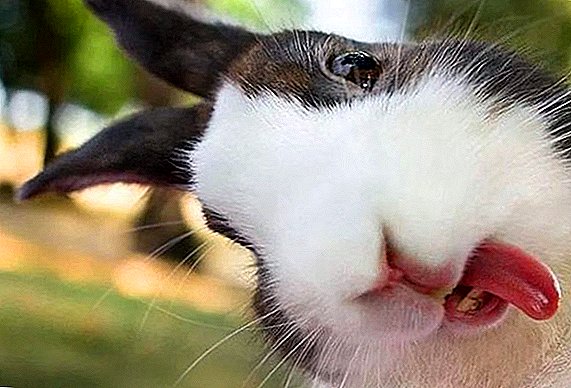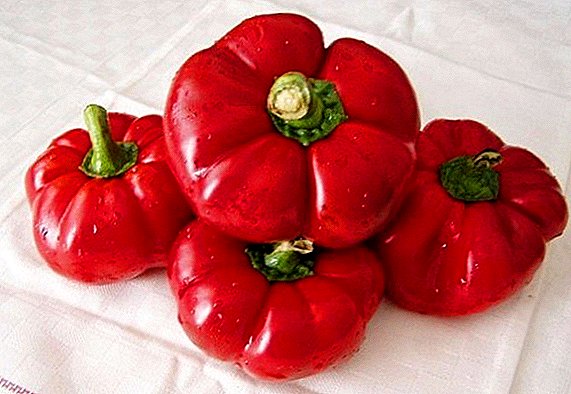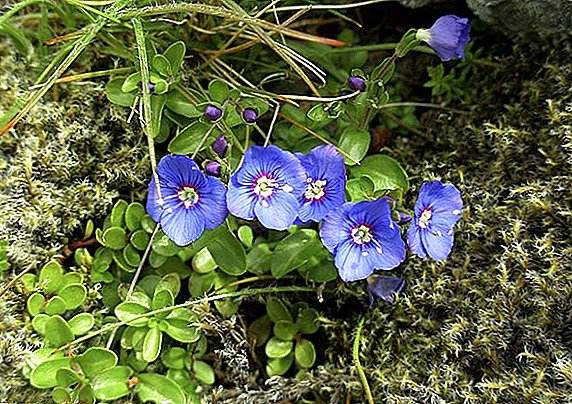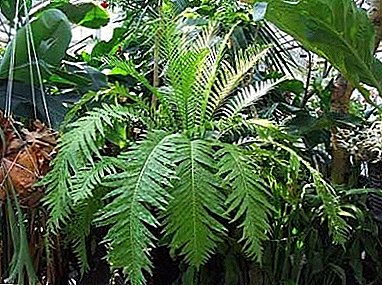
Blekhnum (Derbyanka) is a thermophilic decorative fern of the family Derbyankovy with a large crown, protruding a modified rhizome and long pin-wise wayami.
It looks like a palm tree leaves which are collected in one outlet.
Homeland Derbyanka is New Caledonia, South America and Australia.
Views from the photo
There are 200 varieties of Derbyanka. In more detail we will tell about the most widespread of them.
Humpback
Blehnum grows best in shaded areas because does not like bright lighting. The rhizome of black color, leaves wavy, fancifully curved. Derbyanka tolerates dry air, but with active growth (spring and autumn), it requires high humidity.

Brazilian
This large fern can grow up to one and a half meters. The trunk is brown, scaly, hard, pin-split. A distinctive feature of the young representatives of this species are leaves of a beautiful bronze color. In an adult plant, they acquire a rich green color.
Moisture-loving fern grows at a temperature not lower than + 18 ° С and needs intense lighting.

Japanese
it cold-resistant plant which height reaches 40 cm. Long, narrow, feathery leaves are painted in green color.

Indian
Evergreen Blehnum has bright shiny leaves, located on a thin branched rhizome. The height of the adult specimen does not exceed 50 cm.

Mura
Ornamental plant with narrow light green leaves heat-loving, badly transfers drafts.

River
This variety of Derbianka is distinguished by a wide sheet plate in the shape of an oval and a spherical crown. Its width with a height of 40 cm reaches 30 cm.

Home care
An ornamental plant can be successfully grown at home, taking into account the characteristics of temperature and humidity.
Features care after purchase
The special nutrient substrate in which the fern is planted must be replaced with a more suitable soil mixture. Derbyanka prefers slightly acidic soil, which consists of equal parts of earth, sand, regular humus and peat.
For planting It is not recommended to use plastic or tin pots. Ceramic, glass or clay containers with a drain hole and a tray are perfect.
After transplanting it is necessary pour over settled water without lime.
Within a few days after the purchase, it is advisable to place Derbyanka away from other plants in order to avoid possible pest infestation.
If there are no signs of damage in the fern, it can be placed next to other indoor flowers.
Lighting
It is necessary to place a pot with a plant in the light place, which is protected from direct sunlight.
Derbyanka will feel most comfortable in the southeastern part of the room at a distance of at least 1 m from the window.
Temperature
For normal growth and development of Blehnum, it is necessary to maintain an average temperature in the room. The room can be ventilated, while avoiding drafts. In summer, the optimum temperature will be 19-26 ° C, in winter - not lower than 16 ° C.
Plant must be protect from hot air heaters and radiators.
Air humidity
Fern loves moisture very much therefore, the humidity in the room should be high enough. Pot with Derbyanka placed on pallets, which is wet moss, pebbles or expanded clay.
Spraying the plant is not recommended because it does not like direct moistening of the leaves.
Watering
Blehnum must be watered abundantly in the summer and moderately in the cold season. Both abundant moisture and excessive dryness have a negative impact on development. The earth should always be wet.
Watering is carried out warm, slightly settled water without lime content.
Fertilizers (dressing)
 Fern very sensitive to excess nutrient intake.
Fern very sensitive to excess nutrient intake.
When feeding, the fertilizer dosage recommended by the manufacturer should be halved.
In spring and summer, it is necessary to feed Derbyanka twice a month with mineral and organic fertilizers.
It is not recommended to fertilize the soil in autumn and winter, as well as immediately after transplanting.
Transfer
Fern transplanted in the spring, when the roots completely fill the pot. The soil mixture consists of hardwood soil, humus, peat and sand. Charcoal and sphagnum can also be added to the soil.
Blehnum does not tolerate the presence of lime in the soil.
For transplanting take a spacious pot with a good drainage hole. A layer of pebbles or gravel is laid on the bottom, which will not let the water stagnate.
Two days before transplantation, Blehnum should be watered and the faded (yellowed) leaves should be removed.
Pruning
Derbyanka does not need pruning, because it does not branch.
Breeding
The ornamental plant of the fern family propagates in two ways:
Division
When transplanting Blehnum, its rhizome is divided into several parts with a knife, each of which contains several points of growth.
For disembarkation need to use a spacious pot with subacid soil. The transplanted plant develops slowly as a new root system forms and strengthens for a long time.
Disputes
 Derbyanka can be propagated by spores, which are formed on the lower surface of the leaves.
Derbyanka can be propagated by spores, which are formed on the lower surface of the leaves.
Spores are sown in spring in shallow containers filled with a mixture of leafy land with peat and sand.
Before use It is recommended to compact the soil and moisten it with hot water.
Before planting, spores are treated with a solution of quinosol, sown in a prepared hotbed and covered with glass.
The water level in the tank should be kept constant.
The nursery is placed in a darkened place, after a while the spores will germinate. Sprouts seated in spacious containers with a mixture of peat, humus and leaf earth.
Diseases and pests
Blehnum resistant to various diseases. However, if the temperature is too high, the air is dry, and there is a lack of moisture, the leaves may turn yellow and become covered with brown spots.
Derbyanka can be damaged by scythe, aphid, mealybug and spider mite. For pest prevention Leaves are recommended to be treated with tobacco water. It is also necessary to wipe the leaves with cotton wool moistened with alcohol solution. In the event of a serious insect attack, the appropriate insecticides are applied.
Derbyanka's main protection against insects and diseases is to maintain the optimum temperature and humidity in the room.
Blehnum - capricious representatives of the fern family, requiring attention and appropriate care. They do not like cold, drafts and dry air. Plants need high humidity, but do not tolerate spraying.
With strict observance of the rules for care, you can grow a beautiful variety of Derbyanka with unusual, openwork leaves. with unusual, openwork leaves.
Other indoor ferns include: Pelleya, Pteris, Cirtriumium, Asplenium, Adiantum, Davallia, Nephrolepis, Salvinia, Polypodium, Platicerium, Uzzhnik and Humulus.


